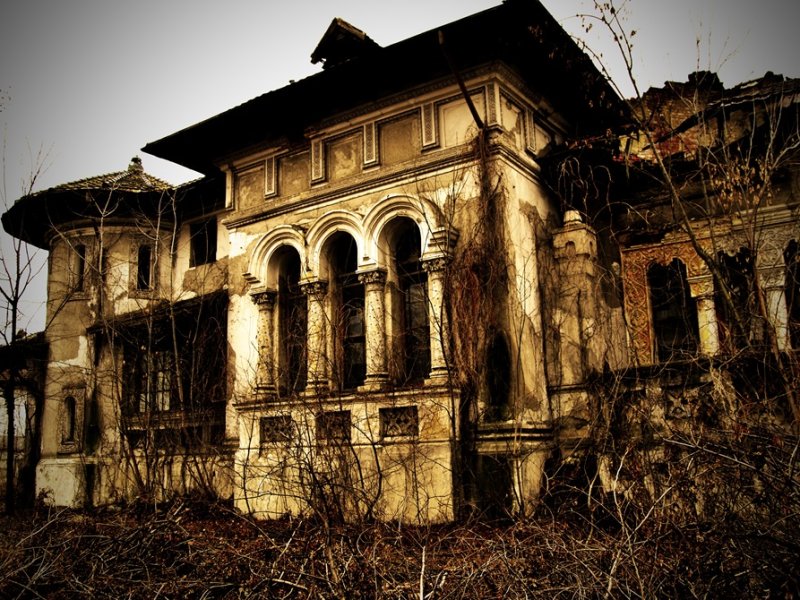In a city that often buries its past under fresh concrete, Casa Miclescu remains a stubborn relic—a rare survivor of a vanished world. Nestled on Kiseleff Boulevard, one of Bucharest’s most elegant arteries, this early 20th-century mansion, built in the austere elegance of Neo-Romanian style, was more than a residence. It was a social epicenter for Romania’s old aristocracy.
Inside its richly decorated salons, the elite gathered for elegant balls and weekly soirées—members of the Cantacuzino, Brâncoveanu, Sturdza, Carp, Băleanu, Balș, and Greceanu families, among others. This was a world of refined conversation, subtle power plays, and quiet luxury—where history wasn’t written, but whispered across crystal glasses and embroidered drapes.
The house’s cultural legacy deepened when it became the on-screen home of the Giurgiuveanu family in the film adaptation of George Călinescu’s novel, “Felix and Otilia.” With its faded grandeur and melancholic beauty, Casa Miclescu provided the perfect backdrop for a story about ambition, inheritance, and longing.
After the Communist nationalization in 1948, the building was left in a legal limbo. Yet Gheorghe “Tase” Miclescu, an architect and descendant of the original owners, refused to leave. Despite pressure from Ceaușescu’s regime, he held his ground and lived in the decaying villa until his death—surrounded by books, art, and cats—his quiet defiance saving the house from the bulldozers.
In April 2021, the Ploiești Court of Appeal delivered a major blow to the building’s protection status by removing it from the list of historical monuments. For preservationists, it felt like a loaded gun aimed straight at the past—an open invitation for demolition and profit.
But the story didn’t end there. Sică Pușcoci, the current owner, is fighting back. In the face of pressure, smear campaigns, and behind-the-scenes dealings tied to the real estate mafia, he continues his push to restore and rehabilitate the house. His efforts challenge the narrative spread by those eager to buy the property at a bargain from City Hall—not to preserve it, but to erase it.
PHOTO: Victor Radulescu - Operă proprie
Also recommended: What abandoned buildings say about Bucharest – a history of ruin and resistance


